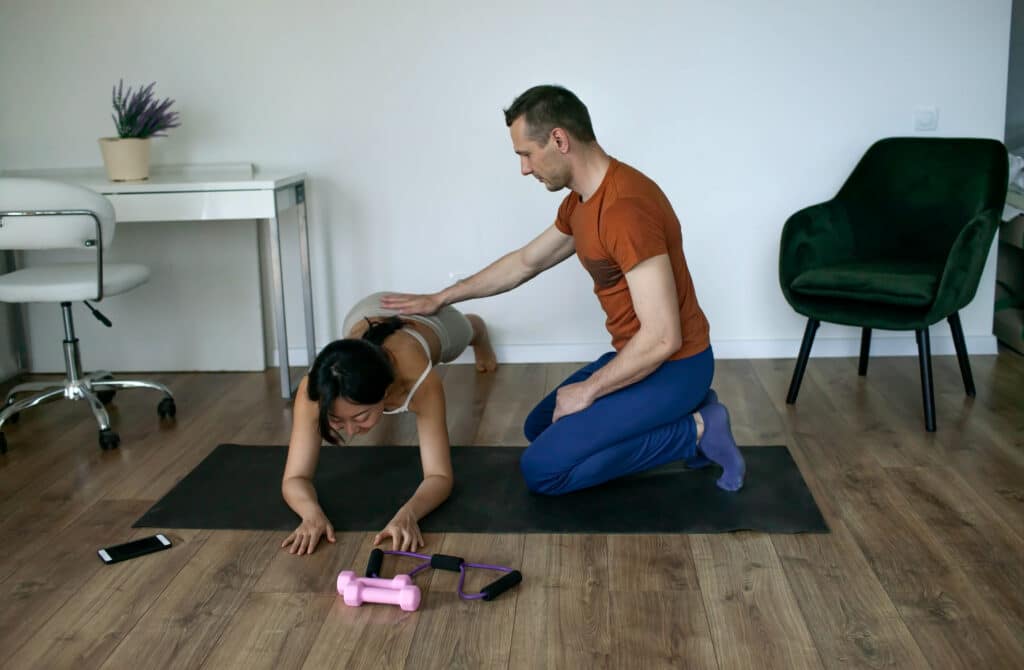
Table of Contents
ToggleSpinal fusion surgery is a significant procedure, and recovery is a journey that takes time and patience. Six months post-surgery marks an important milestone, but it’s essential to remember that every recovery is unique.
Having worked as a spine surgeon for over 25 years, I’ve seen the broad spectrum of recovery experiences. From patients who are back to light sports to those still working through their rehabilitation process, understanding the expectations for six months after spinal fusion can help you feel more in control of your healing journey.
In this blog post, I’ll share my insights on what to expect 6 months after spinal fusion, including common pain levels, mobility improvements, physical therapy progress, and tips for managing any lingering symptoms. My goal is to answer all your pressing questions and help you feel more prepared for the next stage of recovery.
| Timeframe | Expected Progress |
|---|---|
| 1-2 Weeks | Hospital stay, basic mobility with assistance, pain management with medications |
| 3-6 Weeks | Return to light work (sitting), limited bending, lifting, and twisting, early walking |
| 7-12 Weeks | Start of physical therapy, gradual improvement in mobility and strength |
| 3-6 Months | Significant pain reduction, return to low-impact activities, core strengthening |
| 6-12 Months | Gradual return to more demanding activities, careful reintroduction of sports/exercises |